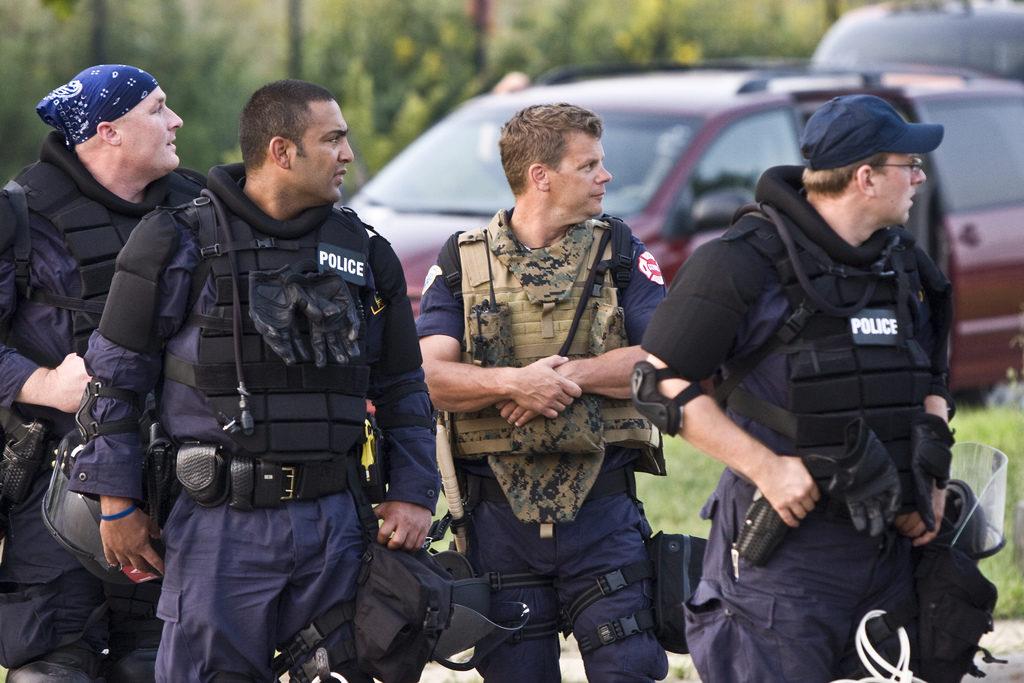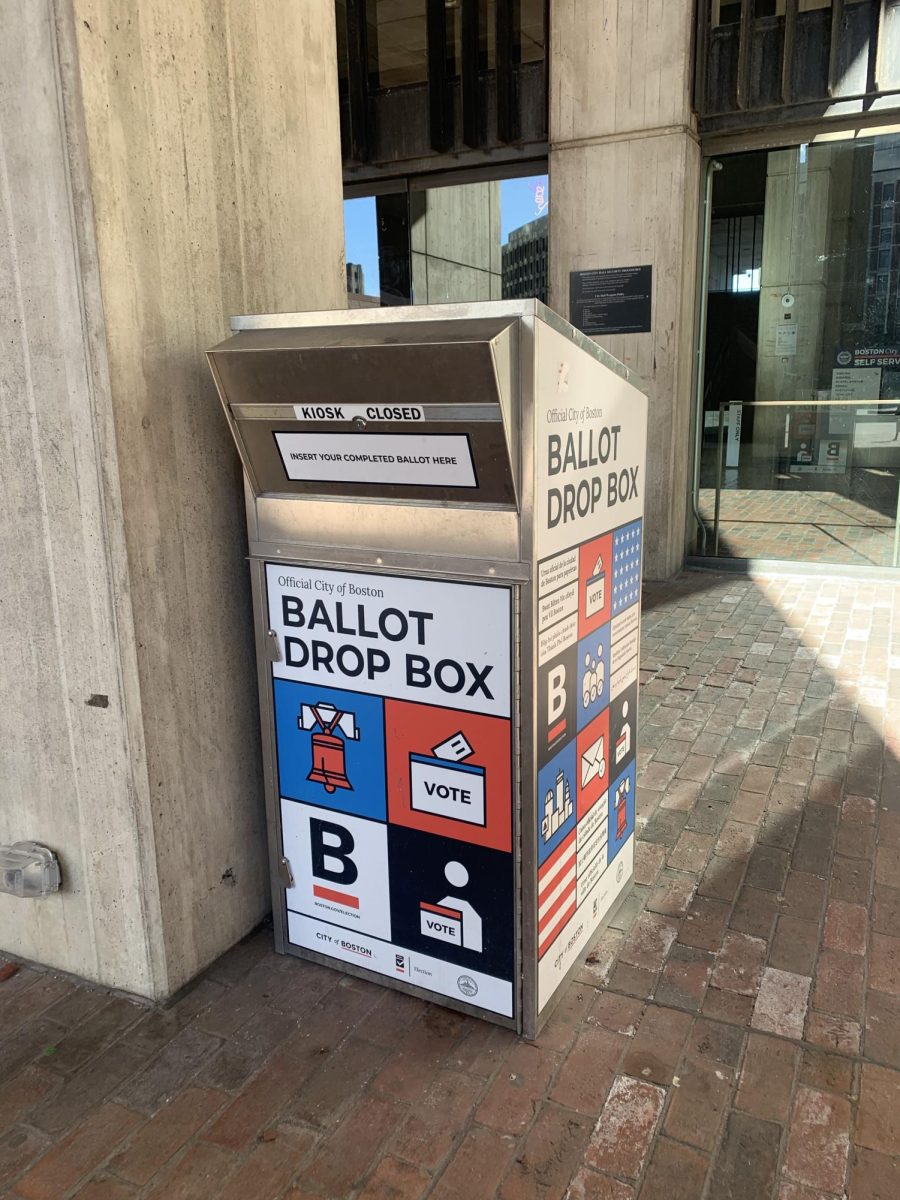On Monday, days after the Ferguson grand jury decision, the White House concluded its review of police militarization. The highly anticipated results are not what many had hoped for. President Obama has left much of the federal programs providing local police with military equipment untouched, instead making multiple recommendations for reforming and regulating the disbursement and tracking of the equipment.
According to the report released by the White House, local law enforcement are provided with surplus military grade equipment and funds through various programs by The Pentagon, the Department of Justice, Homeland Security, the Department of Defense and the Office of National Drug Control Policy. These programs came into play in 1990 when Congress passed the National Defense Authorization Act (NDAA). Section 1208 of the NDAA gives the Secretary of Defense the power to transfer “Federal and State agencies personal property of the Department of Defense, including small arms and ammunition, that the Secretary determines is– (A) suitable for use by such agencies in counter-drug activities; and (B) excess to the needs of the Department of Defense.”
The NDAA was created in response to the increase in violent crime and to combat “war on drugs” in the United States in the ‘80s.
The White House revealed that in the last five years, $18 billion has been spent on these programs, the majority of which was spent on furniture, computers and basic firearms. However, about 460,000 pieces of equipment primarily used for military purposes have been provided to local police, including 92,442 small arms, 44,275 night-vision devices, 5,235 Humvees, 617 mine-resistant vehicles and 616 aircraft.
According to a Washington Post article on the American Civil Liberties Union’s (ACLU) 2014 study on US police militarization, such tactics are mostly used by SWAT teams to conduct searches for drugs and are disproportionately used on African Americans. Under 80 percent of SWAT raids were meant to be the police serving search warrants and only 7 percent SWAT raids were for “hostage, barricade or active shooter scenarios.” For 36 percent of these raids, no contraband was found. The number could be higher because some police reports from which data was gathered were incomplete.
The investigation was launched by the Obama Administration in August following the unrest in Ferguson, MO. after the fatal shooting of unarmed, black 18-year-old Michael Brown by white police officer Darren Wilson. On the night of Aug. 13 when protests turned violent, police confronted demonstrators heavily armed with weapons such as snipers, tear gas, smoke bombs and tactical vehicles to subdue and control them. Pictures of the scene flooded the web, revamping the conversation on police militarization.
According to the Associated Press, the president has proposed a $263 million spending package for new training programs for the proper and appropriate use of military equipment; $75 million in grants to purchase 50,000 body cameras to be issued to local law enforcement across the country, for which state and local law enforcement would foot half the bill; and funds to secure additional resources for police reform.
Since this announcement, many have expressed discontent with the investigation results and Obama’s executive action – and rightfully so.
Suggestions only need to be considered, not implemented, and there have been multiple task forces on the matter in the past with no significant change resulting from them.
Buying 50,000 body cameras will only cover a minute fraction of the nation’s police officers and more training programs don’t guarantee the equipment will be used appropriately.
So what more can be done? Ideally the elimination of police militarization, but it’s doubtful this will ever happen, so for now the next best thing is to educate, regulate and monitor police officers.
Through an executive order given by the president on Monday, federal agencies supplying military resources to local police departments will be required to consult with law enforcement and civil rights and civil liberties organizations, and recommend changes in the next four months to ensure accountability and transparency in the programs.
Photo courtesy Tony Webster, Creative Commons.













